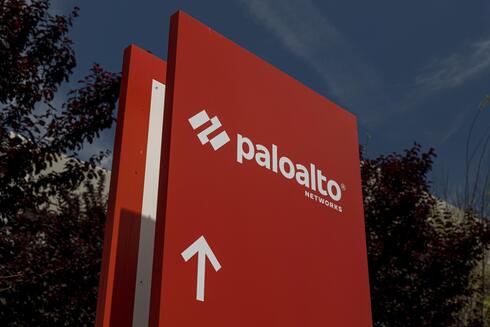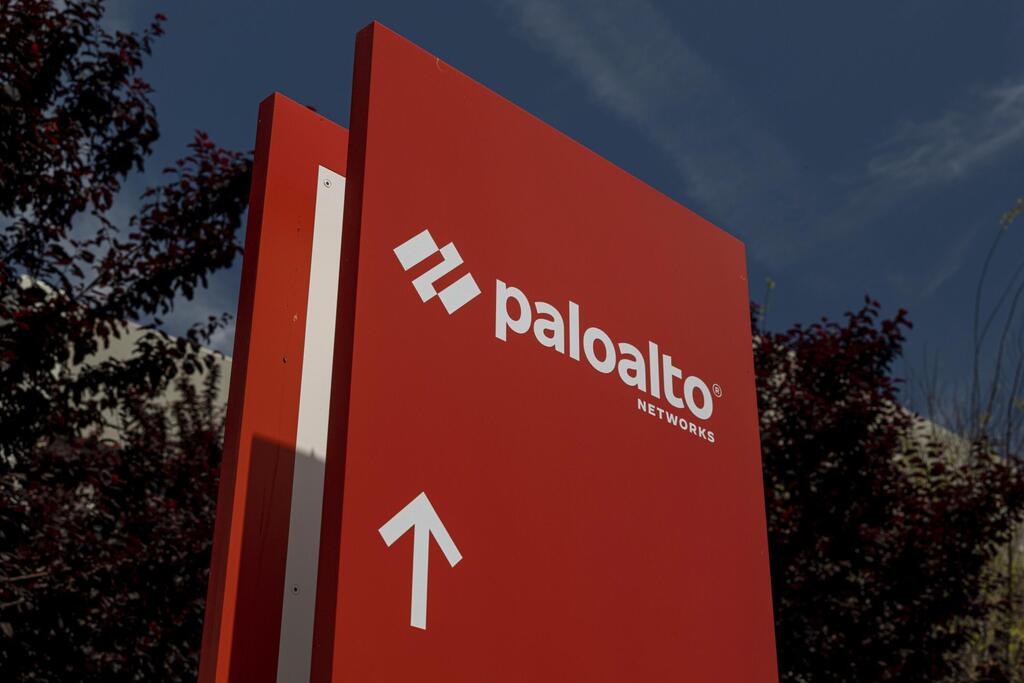
Palo Alto Networks' platform strategy under scrutiny as earnings disappoint
The company’s push to integrate cybersecurity solutions aims for long-term gains but pressures near-term margins.
Cybersecurity giant Palo Alto Networks reported strong revenue growth in its latest earnings release, but investors reacted with skepticism, sending shares lower in after-hours trading. Despite beating revenue expectations, weaker-than-expected earnings guidance for the current quarter and lingering questions about its business strategy have cast a shadow over the company’s performance.
The company’s fiscal second-quarter revenue climbed 14% year-over-year to $2.26 billion, exceeding analyst forecasts of $2.24 billion. Its full-year revenue guidance of $9.14 billion to $9.19 billion also edged out consensus estimates. However, adjusted earnings per share (EPS) of 73 cents missed expectations of 78 cents, and the forecast for the April quarter—76 to 77 cents per share—fell short of the 80-cent consensus. This earnings disappointment triggered a 5% drop in Palo Alto’s stock price in extended trading, which is over $6 billion in market cap after the company recently reached a valuation of over $130 billion.
Palo Alto’s struggles stand in contrast to the strong performance of its cybersecurity rivals, including Fortinet and Check Point Software, which have posted more encouraging results. The company has aggressively pursued a strategy of “platformization,” integrating multiple cybersecurity solutions into a single ecosystem. While this long-term approach aims to increase customer loyalty and drive future revenue, it has weighed on short-term profitability. Management has defended this strategy, arguing that offering certain products for free now will accelerate paid adoption of its broader security suite down the line. However, Wall Street remains divided on the effectiveness of this approach.
Another key metric, remaining performance obligations (RPO)—a measure of future revenue commitments—grew 21% in the latest quarter, an improvement from the prior quarter’s 20% growth. Yet the total RPO of $13 billion was only marginally above the $12.96 billion expected by analysts. Palo Alto forecasted RPO between $13.5 billion and $13.6 billion for the April quarter, largely in line with expectations but lacking a catalyst for further stock appreciation.
The company’s leadership remains bullish on its growth prospects, citing rising demand for AI-driven security solutions, cloud infrastructure investment, and digital transformation initiatives. CEO Nikesh Arora emphasized that customer confidence in the firm’s security platform remains high, even as competition intensifies. Palo Alto has also made significant strategic acquisitions—21 since 2014—to bolster its position in an industry where consolidation is becoming increasingly common.
Despite Palo Alto’s long-term growth strategy, investors appear wary of near-term profit constraints. As the cybersecurity landscape evolves, the company will need to balance aggressive expansion with delivering tangible earnings growth to regain Wall Street’s full confidence.















